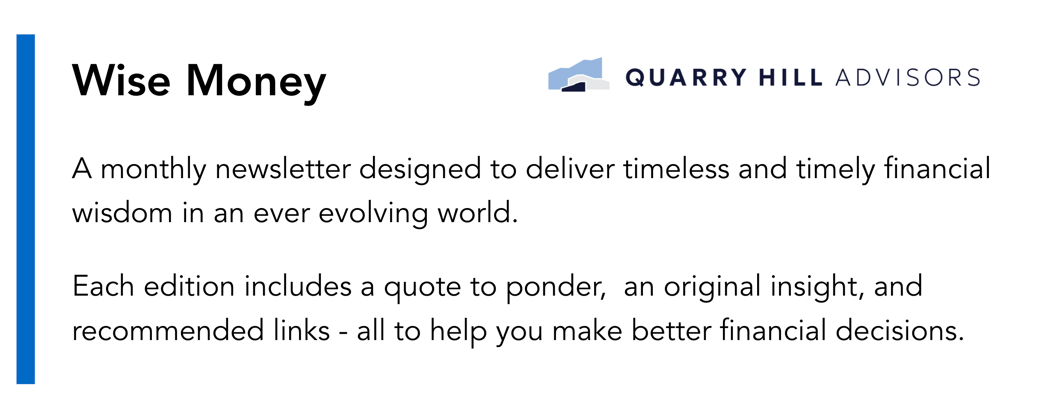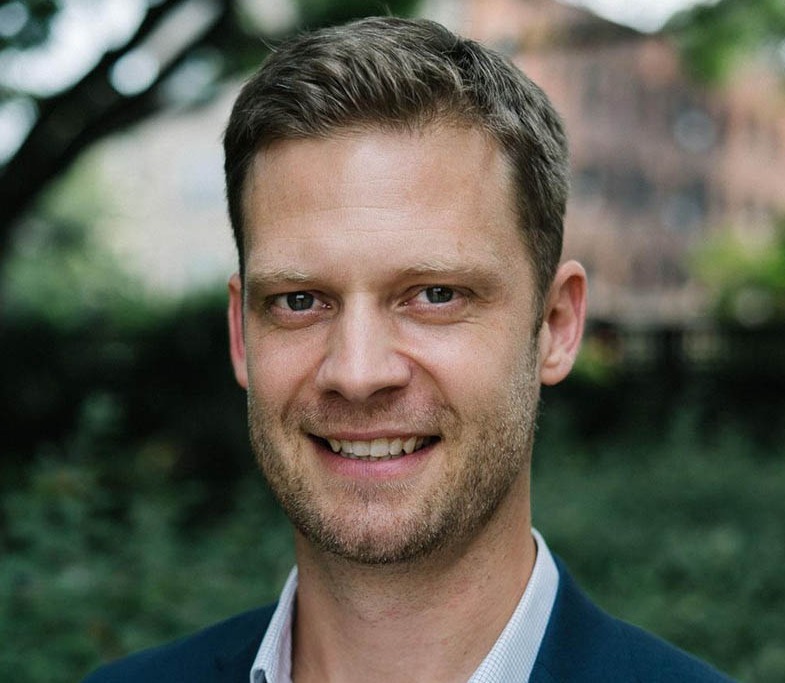

Quote to Ponder
“What good is health? You can’t buy money with it.”
— Charlie Munger
Recommended Links
- Let me Convince You to Save Money - The Morgan Housel Podcast
- Why You’re Betting Against Hubris When It Comes to Value Investing - Morning Star
- X Post - Sawyer Merritt
- The Little-Noticed Outperformance of International Value Stocks - Larry Swedroe via Substack
- How NFTs Worked Out - Instagram Post
Recent Content From Quarry Hill
If you’ve been following along on social, you may have seen some of our new videos and resources. Here are a couple favorites from the past month!


A note from Bjorn Amundson, CFP®
A microscopic tick just taught me (Bjorn) a macro lesson. After a week flat on my back with what appears to be Lyme disease, I’m on antibiotics and finally feel human again.
The experience was a poignant reminder: without health, nothing else matters.
Would You Swap for $160 Billion?
Here’s a hypothetical scenario. Imagine you can wake up tomorrow as Warren Buffett, inheriting roughly $160 billion of net worth.
But also his 94-year-old body.
Would you do it? I wouldn’t. But this must mean I value my health at somewhere north of $160 billion dollars.
I’ll keep my knees, thanks. Charlie Munger's friend once teased Charlie, “What good is health? You can’t buy money with it.” The punch-line is obvious: you shouldn’t trade your health for wealth!
Yet this trade happens daily and more often than we even realize. We look to optimize for financial returns while we can allow our most important asset, our physical well-being, to deteriorate through neglect.
We do this all the time without realizing it. Maybe you have a job that requires a lot of travel, unhealthy meals or insufficient sleep. Maybe high-quality groceries seem too expensive. Maybe you know you need that personal trainer to keep you accountable but can’t get yourself to write the check. Maybe a dietitian seems too expensive, but you aren’t losing weight. Maybe you need to invest in a house cleaner so you have time to go to the gym.
In my own case, for years, I could only bring myself to pay $40 a month at a bargain gym I never visited. Joining CrossFit cost way more…but it turns out spending that money meant I no longer had to rely on my own (very poor) self-motivation. I spent the money, and suddenly became consistent (and it cost a LOT less than $160 billion dollars).
The Centenarian Decathlon
Longevity physician Peter Attia proposes a challenge to his patients. He emphasizes that it’s not just lifespan that counts. The more important metric is your healthspan. He challenges them to develop 10 activities they don’t want to lose. Then, develop a training plan to be able to keep the ability to do those activities as long as possible. His own list looked like this:
- Hike 1.5 miles on a hilly trail
- Get up off the floor with minimal support
- Pick up a young child from the floor
- Carry two five-pound grocery bags for five blocks
- Lift a 20-pound suitcase into an overhead compartment
- Balance on one leg for 30 seconds (or 15 seconds with eyes closed)
- Have sex
- Climb four flights of stairs in three minutes
- Open a jar
- Do 30 consecutive jump-rope skips
Attia notes that muscle power tends to fall by around 8–17 percent each decade, so keeping strength up is essential for everyday function. If those moves matter in 2045, the training must start in 2025. Before strength and mobility decline.
Investing in your Physical Well-Being:
Consider looking at your physical health in the same way you look at your finances:
- Outsource will power: a certified trainer to program workouts; a dietitian to build a sustainable plan.
- Upgrade the environment: standing desk, better mattress, home gym gear that removes friction.
- Leverage medicine wisely: whether that’s continuous-glucose monitors, physical-therapy sessions, or doctor-supervised weight-loss drugs.
It’s like Compound Interest!
Money can’t buy time already lost, but it can buy tools, coaching, and margin that keep the compounding engine—your body—running.
Until next month, here’s to portfolios that grow and knees that bend.
This blog is for informational purposes only and does not constitute medical or investment advice. Please consult with qualified professionals for personalized guidance.
This material is intended for educational purposes only. You should always consult a financial, tax, or legal professional familiar with your unique circumstances before making any financial decisions. Nothing contained in the material constitutes a recommendation for purchase or sale of any security, investment advisory services or tax advice. The information and opinions expressed in the linked articles are from third parties, and while they are deemed reliable, we cannot guarantee their accuracy.
